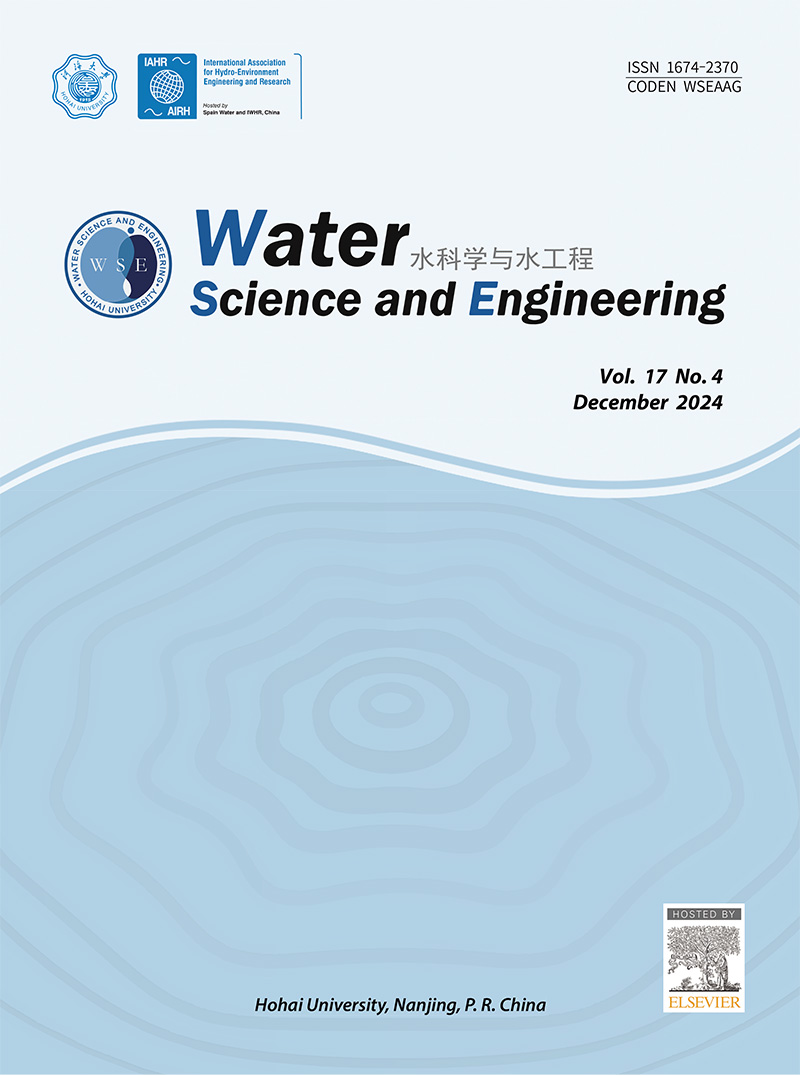Impact of damming on nutrient transport and transformation in river systems: A review
IF 4.3
Q1 WATER RESOURCES
引用次数: 0
Abstract
Large-scale damming has emerged as a prevalent global trend, significantly impacting nutrient transport and transformation, as well as the downstream ecological environment. Nitrogen and phosphorus are fundamental elements of primary productivity in aquatic ecosystems and serve as key limiting factors in reservoir eutrophication. This review focuses on the impact of damming on the transport and transformation of nitrogen and phosphorus, regarding changes in nutrient concentrations, fluxes, and proportions. Spatial changes in nitrogen and phosphorus concentrations primarily occur at the inlet and outlet of reservoirs, while temporal changes often exhibit seasonal patterns. At a global scale, phosphorus is preferentially removed from reservoirs compared to nitrogen. The factors influencing the transport and transformation processes of nitrogen and phosphorus in reservoirs include the physicochemical properties of water bodies and human activities. Additionally, nitrogen dynamics are affected by reservoir age, storage capacity, and water storage regulation modes, whereas phosphorus dynamics are also influenced by hydrodynamic conditions. Finally, this review summarizes the impact of damming on the downstream ecological environment and outlines future research directions, providing theoretical support for the management of river–reservoir ecosystems and promoting the green and sustainable development of hydropower in the context of carbon peaking and carbon neutrality goals.
筑坝对河流水系养分运输和转化的影响
大规模筑坝已成为全球的普遍趋势,对营养物质的运输和转化以及下游生态环境产生了重大影响。氮和磷是水生生态系统初级生产力的基本要素,是水库富营养化的关键限制因子。本文综述了筑坝对氮磷转运和转化的影响,包括营养物浓度、通量和比例的变化。氮磷浓度的空间变化主要发生在水库入口和出口,而时间变化往往表现出季节性特征。在全球范围内,与氮相比,磷优先从储层中去除。影响水库中氮、磷运移转化过程的因素包括水体的理化性质和人类活动。此外,氮动态受水库年龄、库容和蓄水调节方式的影响,而磷动态也受水动力条件的影响。最后,总结了筑坝对下游生态环境的影响,并提出了未来的研究方向,为实现碳调峰和碳中和目标背景下的河库生态系统管理、促进水电绿色可持续发展提供理论支持。
本文章由计算机程序翻译,如有差异,请以英文原文为准。
求助全文
约1分钟内获得全文
求助全文
来源期刊

Water science and engineering
WATER RESOURCES-
CiteScore
6.60
自引率
5.00%
发文量
573
审稿时长
50 weeks
期刊介绍:
Water Science and Engineering journal is an international, peer-reviewed research publication covering new concepts, theories, methods, and techniques related to water issues. The journal aims to publish research that helps advance the theoretical and practical understanding of water resources, aquatic environment, aquatic ecology, and water engineering, with emphases placed on the innovation and applicability of science and technology in large-scale hydropower project construction, large river and lake regulation, inter-basin water transfer, hydroelectric energy development, ecological restoration, the development of new materials, and sustainable utilization of water resources.
 求助内容:
求助内容: 应助结果提醒方式:
应助结果提醒方式:


